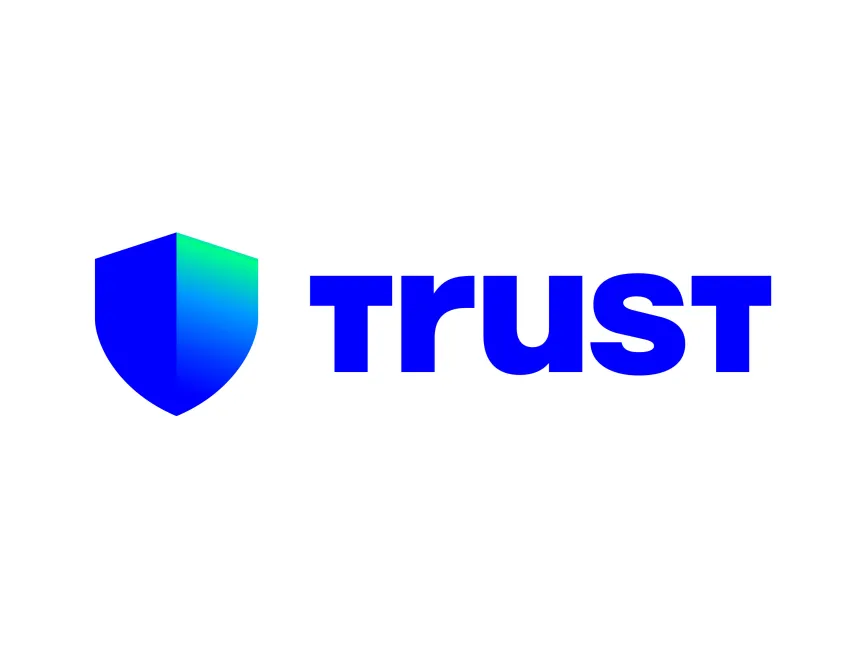Whoa, this feels different. I was poking around browser wallets last week and noticed gaps. At first I shrugged it off as another extension noise. But then I dug deeper, comparing how multi-chain flows work versus single-chain wallets, and my perspective shifted. Something felt off about the smoothness of cross-chain UX.
Seriously, this was surprising. Initially I thought the usual suspects — permissions, phishing, shady RPC endpoints. My instinct said the attack surface would be bigger than the UX payoff. Actually, wait—let me rephrase that: on one hand cross-chain convenience promises composability and yield aggregation, though actually that convenience can cascade risk if bridges or approvals are mismanaged across chains. I started mapping flows by hand, clicking through approvals and simulated swaps.
Hmm… here’s the thing. Browser extensions sit in a weird spot between convenience and control. They inject scripts, handle private keys, open popups, and talk to remote nodes — so when an extension claims multi-chain and cross-chain, you should ask not just what it does but how it does it. I tested gas estimation across chains and saw somethin’ like inconsistent slippage heuristics. Some chains showed faster confirmations, others had cheaper fees but weaker liquidity.
Really, it was clearer after one odd bug. Once I got stuck signing a cross-chain approval that looked very very harmless. It turned out the approval targeted a proxy that aggregated tokens, so the flow could have drained assets if not paused—my stomach dropped when I realized how chained approvals were. They promise multi-chain magic yet hide complex approval graphs and opaque RPC fallbacks. Oh, and by the way… many wallets treat chains like tabs, masking cross-chain risk.
Where a browser extension can help (and where it can hurt)
Okay, so check this out—. If you want a familiar multi-chain feel inside your browser, try something with good UX. I installed the extension and followed flows for swaps, approvals, and bridging. At first the cross-chain options looked intimidating, though the extension guided me through network selection, gas estimation, and even allowed me to review spender addresses before binding approvals, which matters. I don’t trust blindly, I’m biased, but that moment calmed me down a bit.
Check this out—see the snapshot below.

Visually the extension organizes chains, tokens, and approvals in a compact drawer. It also surfaces cross-chain bridge options with estimated fees and clear disclaimers, though you still need to vet the bridge contract and its liquidity pools manually if you’re moving big amounts. I ran a small transfer and then simulated a reverse flow to check stuck funds. The extension showed warnings when contracts requested unlimited approvals.
Initially I thought browser extensions were inherently riskier than mobile wallets, but after mapping where private keys are stored, how permissions are granted, and what signing flows look like across chains, the line isn’t purely black-and-white. Extensions can expose you to malicious sites while empowering savvy users. So my analysis balanced UX, security model, and recovery story. My instinct said trust is layered. That means pick extensions with open audits, clear permission flows, and easy seed recovery.
I liked that it let me switch networks without re-importing keys. After hours of testing I felt cautiously optimistic; the cross-chain flows were workable, and when they weren’t the extension gave enough visibility that I could pause and inspect transactions before signing. I’m biased, sure, but this part actually made me more comfortable. Still, caveats remain. If you’re handling small trades for yield hunting, a polished browser extension can speed things up, though if you custody large treasuries you should prefer hardware-backed signers, audited bridging, and multi-sig policies to limit blast radius.
Common questions about browser extensions and cross-chain DeFi
How do I pick a trustworthy browser wallet extension?
Look for transparent security practices: open audits, clear and minimal permission requests, seed recovery that you can verify, and strong UI cues when contracts request approvals. For a practical starting point, you can try a well-documented option like https://sites.google.com/trustwalletus.com/trust-wallet-extension/ which lays out installation and cross-chain flows in-browser. Also, always test with small amounts first and use hardware keys for anything you can’t afford to lose.